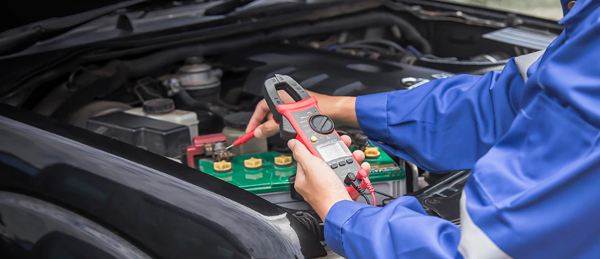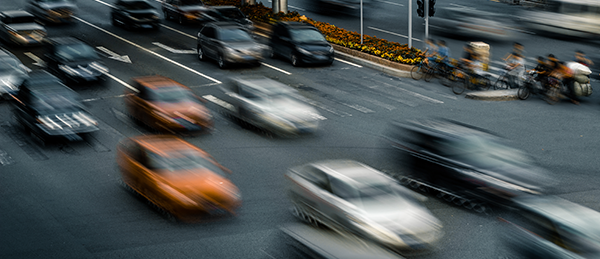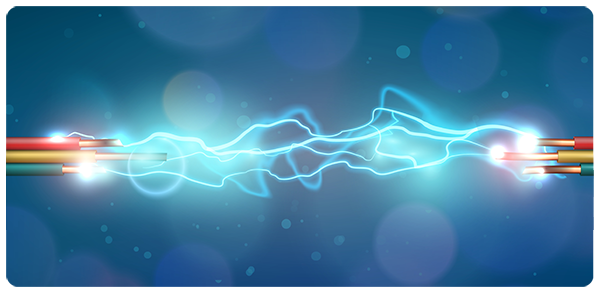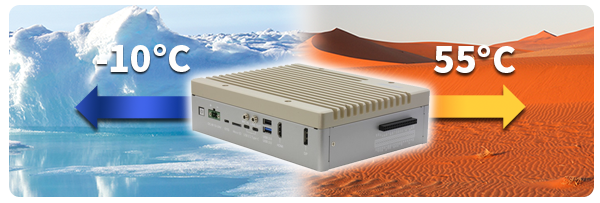How AI edge technology enhances public road safety
Traditionally, traffic management officers had only wit and a keen eye to rely on to spot something amiss on the road. There would be a high degree of judgement involved when deciding if a motorist should be pulled over, whether for a driving infraction or simply due to suspicious behavior. However, as technology has progressed, from the introduction of speed cameras to smart concepts such as Vehicle to Everything (V2X) technology, it’s clear that these increasingly sophisticated devices are making it easier to intercept criminals on the roads.
One such development, Automatic Number Plate Recognition (ANPR), has been in operation for a surprisingly long time, having first been introduced in the United Kingdom in 1976. Today, ANPR systems have a wide range of uses, such as to monitor parking, check insurance status, and monitor traffic flow, in addition to their use by traffic officers.
As part of this steady progress, some roadside public safety units have recently been implementing smart roadside units, with the objective of identifying stolen vehicles in real time, and chose the BOXER-8240AI, AAEON’s AI Edge system powered by the NVIDIA® Jetson AGX Xavier™, to implement it. The aim of this deployment is to mount the application atop traffic patrol vehicles, with a POE camera scanning car registration plates as they travel. As registration plate numbers are captured, the data are transferred and immediately cross-checked with a blacklist of stolen cars.

One concern that needs to be considered when deploying AI solutions to traffic patrol vehicles is the volatile nature of car battery voltage. When a vehicle is in operation, the voltage generated by the vehicle’s battery varies to a significant degree, resulting in an unstable power source for any AI application relying on it. Given the variation in power required during a typical traffic patrol shift, there is a likelihood of damage to any computer deployed, because computers generally require a consistent and stable power source to operate. Add to this the variation in temperature and vibration that the device would be subjected to for long periods of time and it is obvious that ensuring the detection unit was robust enough would be a priority.

When deploying camera technology for traffic safety, the risk comes from the camera being unable to determine a license plate, based on a number of factors, such as rain, poor lighting, or the speed at which both the enforcement and suspect vehicles are traveling. Further to this, there have been instances of similar applications being unable to read plates from other countries which may use a different layout or plate presentation. Therefore, it was imperative to ensure any visual equipment used was able to capture images at different speeds and angles, while also making sure the device’s hardware could transfer this data accurately in real time.
To combat the issue of varying voltage damaging the application, the smart car detection unit was equipped with a 9~36Vdc power on/off delay board to ensure no damage would be done to the device during surges or dips in vehicle battery voltage. Because the application was installed with a POE high-resolution camera, the required voltage was a steady 54 volts. This meant that in order for it to work, the power on/off delay board would be in place to ensure this voltage was maintained on a consistent basis, regardless of the vehicle battery’s fluctuation. This solution effectively nullified any concerns of the device being damaged via the vehicle’s battery power surges and dips.


Because it was powered by the BOXER-8240AI, the application could also rely on stability when it came to the rougher elements encountered with such a setting. With anti-vibration feature of 3 Grms/ 5 ~ 500Hz/ operation, the BOXER-8240AI was able to withstand the associated movements of the traffic safety vehicles in which it was deployed. Further to this, the BOXER-8240AI’s incredibly wide operating temperature range of -10°C ~ 55°C ensured it was more than capable of operating in an outdoor setting where temperatures can vary considerably.
By choosing to deploy the detection system with the BOXER-8240AI, the local traffic safety unit was able to process several high-resolution images at the same time, all while maintaining an impressive data transfer speed. By pairing this power with a high-resolution POE camera, the device is able to achieve greater clarity of footage, providing a clearer picture from which to determine a vehicle’s registration plate. Further to this, the BOXER-8240AI is powered by the NVIDIA® AGX Xavier, which makes use of the Volta GPU architecture, maximizing processing speeds up to 32 TOPS.
As a result of this, the smart traffic safety detection device can take images of car registration plates, and compare them to a database of cars reported stolen, belonging to criminals, or connected to people with outstanding arrest warrants. Due to the fact these images need to be taken while traveling at speed, from various angles, or with limited visibility, such as at night or in poor weather conditions, it can be difficult for standard ANPR cameras to read registration plates. However, due to the high-resolution POE cameras deployed in the smart vehicle detection device, and its sophisticated AI inference capabilities, the smart car detection system is able to read and compare registration plates against the blacklist in real time.
For more information on the BOXER-8240AI, please read more on our product page
